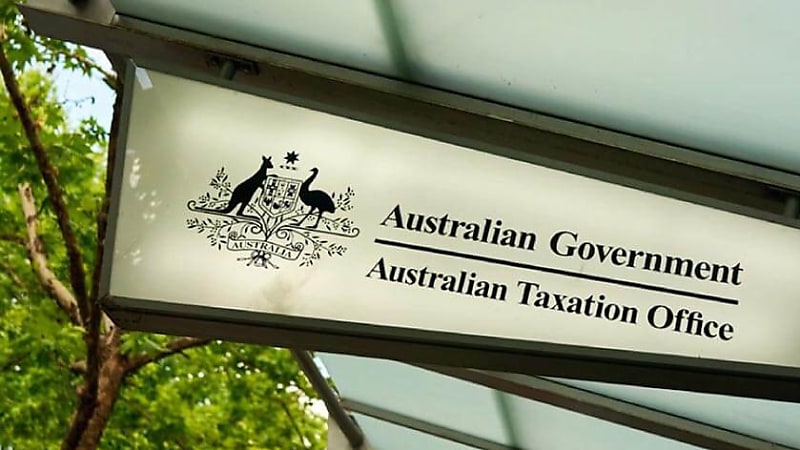Another private ruling digs down into death and member benefits
Another private binding ruling has been issued, clarifying the distinction between a member benefit and a death benefit.
PBR (1052215520091) deals with the commutation and release of money from a member’s account that was requested shortly before their death but received after their death in a lump sum.
The member was over 65 years old at the date of their death and was a member of an SMSF as well as a trustee of that fund, which was structured under a corporate trustee.
The member, who suffered a serious fall, expressed their desire to withdraw their superannuation pension balance immediately. An enduring power of attorney signed a letter to the corporate trustee, confirming this wish. Subsequently, the directors of the corporate trustee acknowledged receipt of the request and formally recognised it during a fund meeting, as documented in the minutes of the meeting.
The pension account disbursed an amount to the member's personal bank account. To ensure sufficient liquidity for this payout, the fund's finance broker sold shares and confirmed that the funds would be transferred on a specified weekday as agreed upon.
Upon the member's passing, the fund's finance broker was informed of the death by the directors. The broker then acknowledged an oversight wherein the funds were not transferred to the member's personal bank account as planned. The broker rectified the situation by transferring the amount from the sale of the shares to the member's personal bank account.
The ATO ruled that the payment is a superannuation death benefit stating that the member was over 65 years old at the date of their death, meaning they had already satisfied the condition of release in Schedule 1, item 106 of the table in Part 1 of the Superannuation Industry (Supervision) Regulations 1994 (SISR), which has nil cashing restrictions.
“Under regulation 6.12 of the SISR, the member's benefits were all converted to unrestricted non-preserved benefits upon meeting a condition of release with 'nil' cashing restrictions. Under subregulation 6.20(1) of the SISR, a member's unrestricted non-preserved benefits in a regulated superannuation fund may be voluntarily cashed at any time. As per subregulations 6.20(2) and (3) of the SISR the whole or a part of the member's unrestricted non-preserved benefits may be cashed as one or more lump sums or one or more pensions,” the ruling stated.
It continued that the member's death then resulted in them meeting the condition of release in Schedule 1, item 102 of the table in Part 1 of the SISR, which also has nil cashing restrictions and states that a member's benefits in a regulated superannuation fund must be cashed as soon as practicable after the member dies.
“The distinction between a superannuation member benefit and a superannuation death benefit is important because the tax treatment of the superannuation benefit varies according to its classification as well as the age of the recipient and the components of the benefit,” the ruling continued.
“The tax treatment of superannuation member benefits is set out in Division 301 of the ITAA 1997. Broadly, section 301-10 states that if a member is 60 years or over when they receive a superannuation benefit, the benefit is non-assessable and non-exempt income.”
An amount that a member requested to be paid from their superannuation fund before their death, but was paid after their death, may be classified as a member benefit instead of a death benefit depending on the facts and circumstances of the payment.
A trustee of a regulated superannuation fund can only pay super benefits according to the fund's governing rules, including the fund's trust deed and relevant legislation.
“At the time the member submitted the payment request, the member had already satisfied a 'nil' condition of release (attaining the age of 65 years) and their superannuation benefits had been converted to unrestricted non-preserved benefits,” the ruling stated.
This meant they were entitled to voluntarily cash their benefits at any time. The SISR also permitted the release of superannuation benefits when the member met the 'nil' condition of release of death.
Subregulation 6.21(1) of the SISR states that a member's benefits in a regulated superannuation fund must be cashed as soon as practicable after the member dies.
The ATO ruling stipulated that, based on the circumstances, the lump sum benefit payment is deemed to have been executed in compliance with the SMSF's trust deed and governing rules. It further confirmed that the lump sum benefit was transferred to the member's personal bank account as per a valid request made by the member before their death.
Additionally, it assumed the fund's finance broker failed to pay the lump sum benefit before the member’s death due to an oversight and that the directors of the corporate trustee and the fund's finance broker were aware of the member’s death before the lump sum benefit was paid.
“Even though the lump sum was paid into the member's personal bank account, as the directors and the fund's finance broker were aware of the member’s death and payment of the lump sum was paid after, it cannot be said that the payment was made with the expectation that the member would be alive to receive it,” it stated.
“Accordingly, it is reasonable to treat the total superannuation lump sum benefit as a superannuation death benefit. The tax treatment in Division 302 of the ITAA 1997 should apply to the benefit.”








